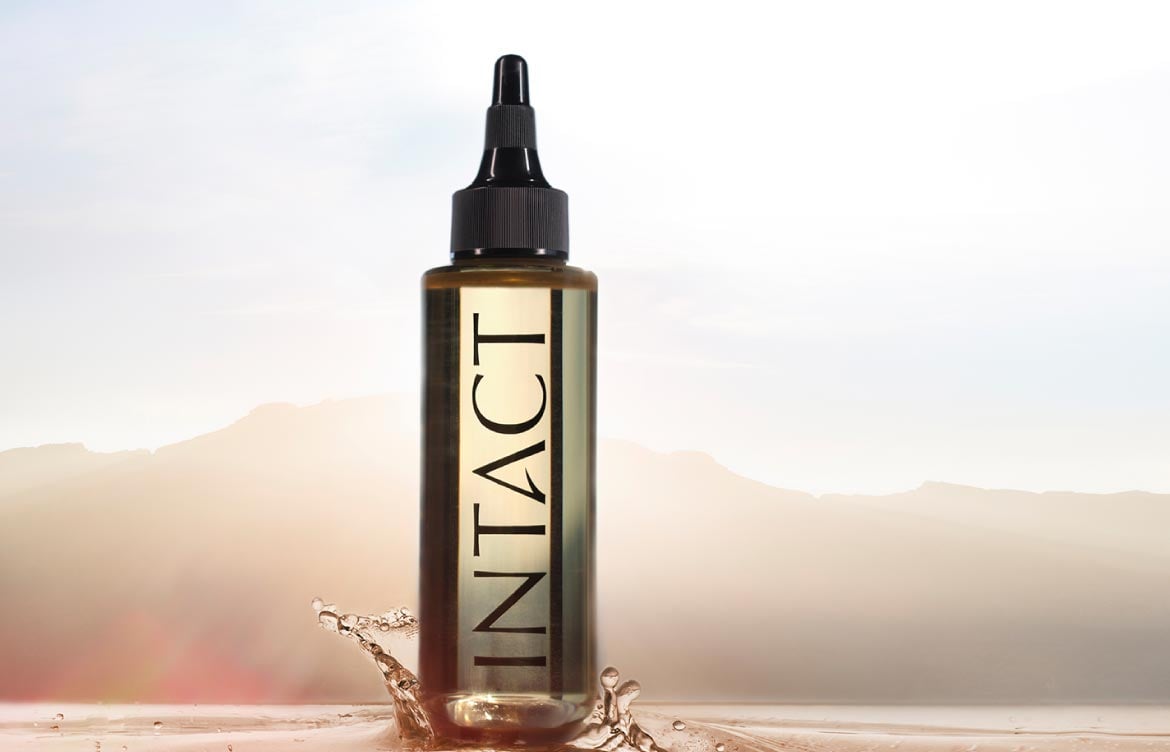The Best Hereditary Hair Loss Treatments

If your morning routine involves a 30-minute mirror panic over finding yet another clump of hair in the drain, you're not alone. Over 50 million men and 30 million women in the U.S. experience androgenetic alopecia, the medical term for genetic hair loss.
Also referred to as male pattern hair loss or female pattern hair loss, this unfortunate genetic trait can manifest pretty much any time after puberty. And while continuously losing hair can be emotionally distressing, there's no need to give up hope just yet — genetic hair loss treatments that actually work do exist.
Want to learn how to treat hereditary hair loss? Read on to learn the most effective hair loss treatments for both men and women that science has to offer.
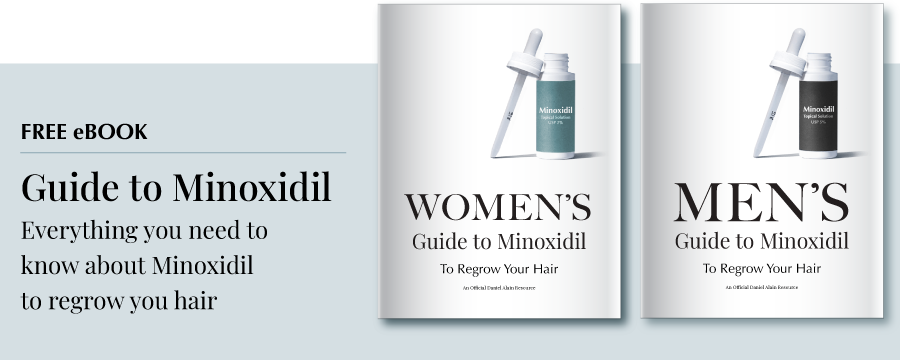
HOW TO TREAT GENETIC HAIR LOSS
Your genes may have determined that you're destined to lose your hair, but that doesn't mean you have to sit back and accept it as your fate. With the right genetic hair loss treatment, you can regrow what you've lost, no matter your age or how many strands you've already said sayonara to.
Remember—the best treatment for genetic hair loss is not a one-size-fits-all solution. What works for your best friend might not work for you. The options listed below have been proven to be effective depending on certain circumstances. So it's always best to speak with a dermatologist about which genetic hair loss treatment will work for you and your unique situation.
Minoxidil
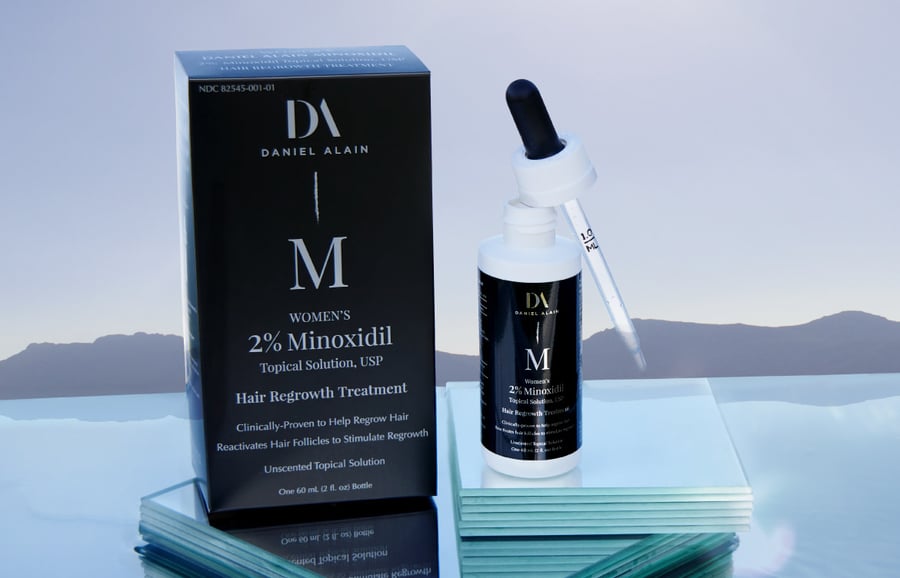
There's a reason Rogaine® has remained the most popular hereditary hair loss treatment for decades: Minoxidil. Available over the counter or by prescription, Minoxidil is an FDA-approved topical solution applied directly to your scalp that dilates your blood vessels so that more oxygen and nutrients can reach your hair follicles.
While results are possible, this genetic hair loss treatment only works if you have a specific kind of enzyme activity needed to stimulate hair growth. Want to see if you're a candidate? Learn more about our easy genetic testing.
Finasteride
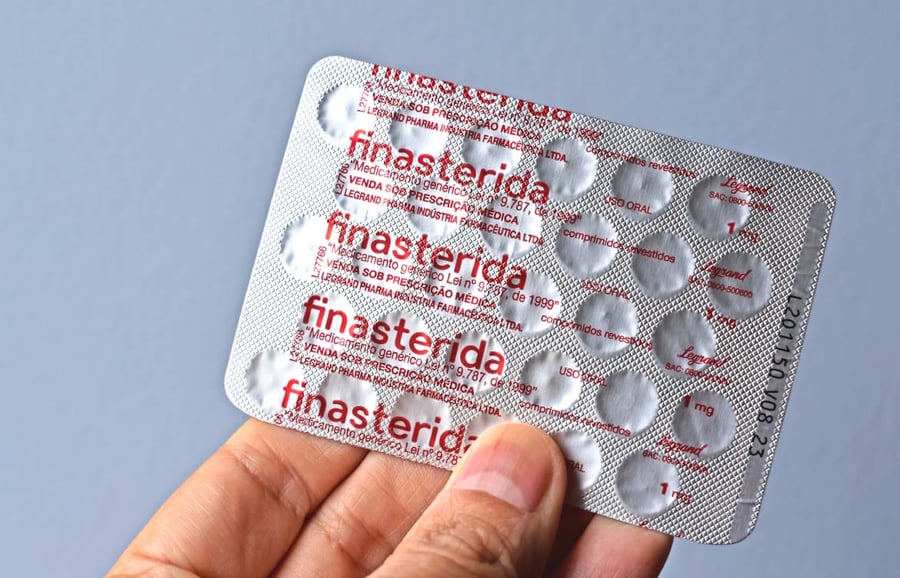
Rogaine® may have been the only option for your father and your grandfather, but there's another player in the FDA arena. Finasteride (better known by its brand name Propecia) is a pill taken daily that stops your genetic hair loss in its tracks by preventing the conversion of testosterone to dihydrotestosterone (DHT).
This genetic hair loss treatment has been shown to be effective in growing new hair in about 66% of men. And while results are possible for women, it's not recommended if you're pregnant or may become pregnant as it can cause birth defects.
INTACT Anti-Hair Shedding Treatment

You don't need a prescription to stop your hair from falling. INTACT is a topical, pre-shower genetic hair loss treatment that is clinically proven to reduce hair shedding by up to 77%. Our patented PiliLock® Sevilla Orange Complex strengthens your hair fibers by gripping each one at the root to stop hair loss before it even starts.
INTACT is safe for both men and women of all ages and can be used on all hair types. When it comes down to it, it really is the only genetic hair loss treatment at home that works for everyone. Click here to learn more.
Corticosteroid Injections
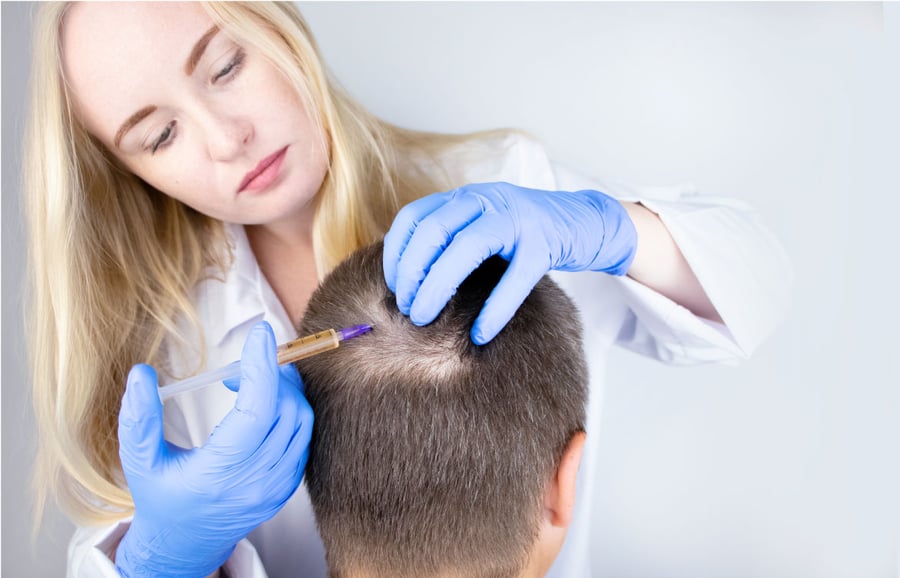
If you're looking for genetic hair loss treatments that work fast, corticosteroid injections are your best bet. Specifically used to treat alopecia areata—an autoimmune condition that causes patchy hair loss—this hereditary hair loss treatment works by suppressing your immune system to stop the inflammatory response that attacks your hair follicles.
Results are usually seen within two months, but some side effects, like scalp irritation or puffiness in the face, can occur.
Laser Therapy
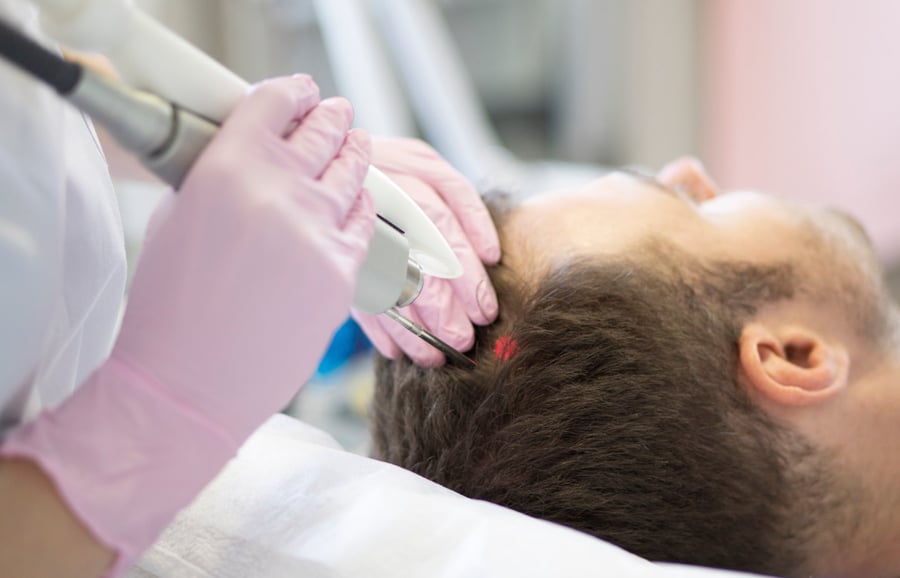
Some of today's genetic hair loss treatments sound seriously out of this world. Low-level laser therapy (also known as red light therapy) sends focused beams of light directly to your hair follicles to stimulate growth.
This genetic hair loss treatment is available in both at-home and professional devices, but it can be expensive—and the results aren't guaranteed. While some people have had positive experiences, more research is needed to determine its efficacy.
Platelet-rich Plasma (PRP) Therapy
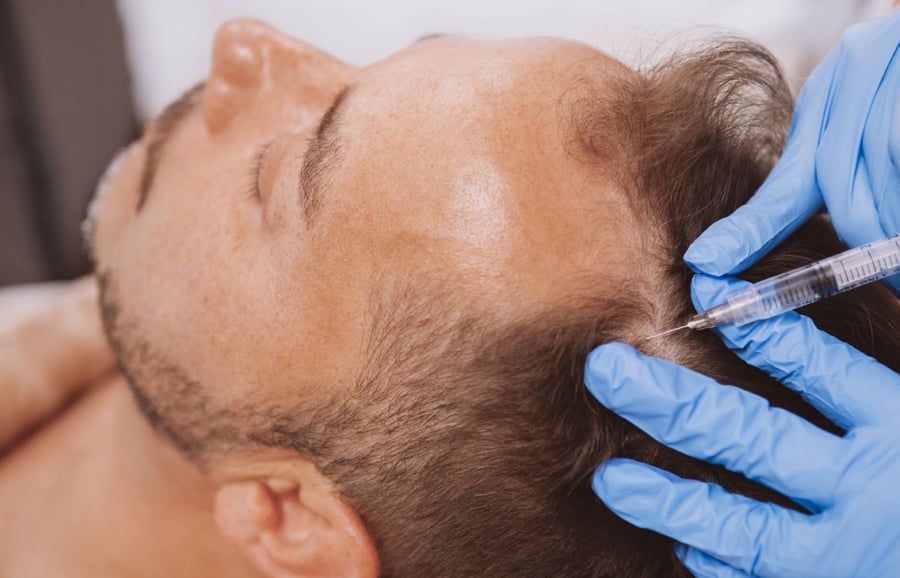
Even if you hate needles, this genetic hair loss treatment might be worth the prick. PRP therapy involves taking a sample of your blood and spinning it in a centrifuge to separate the platelets from the plasma.
The platelets are then injected back into your scalp, where they release growth factors that can promote new, thick and luscious hair. PRP therapy is still considered experimental, but preliminary studies have shown it to be a promising—and cutting edge—genetic hair loss treatment.
Hair Transplant
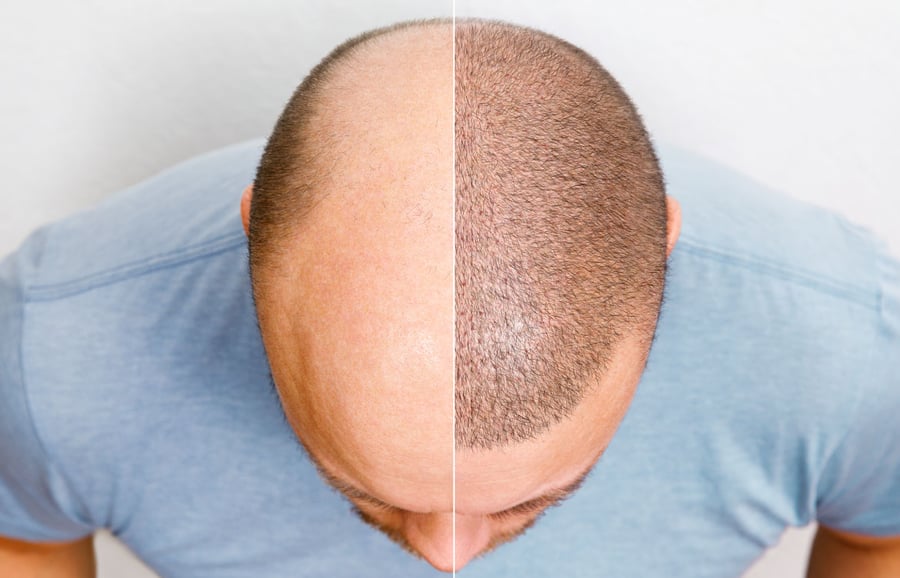
For some, needs, lasers and pills may not be enough. If you've exhausted all other genetic hair loss treatments and are still struggling with significant hair loss, you might want to consider a hair transplant.
This surgical procedure involves taking hair follicles from other parts of your body and transplanting them into the areas of your scalp that are thin or balding. While it's a big commitment, a hair transplant can provide long-lasting results.
WHAT ELSE YOU CAN DO TO HELP TREAT GENETIC HAIR LOSS
Waiting month after month for your genetic hair loss treatment to kick in can be frustrating, but there are some things you can do in the meantime to help improve the look and feel of your hair. The following tips won't magically grow your mane, but they can help keep your strands healthy until the treatment takes effect.
Eat a Balanced Diet
You are what you eat—and that goes for your hair, too. Eating a diet rich in protein, healthy fats, and complex carbohydrates helps to promote healthy hair growth.
Some foods, like salmon, nuts, and sweet potatoes, are especially beneficial for hair health due to their high content of omega-3 fatty acids, biotin, and vitamin A. So, load up your plate with these nutrient-rich foods to give your hair a boost.
Take the Right Vitamins & Supplements
Despite what alluring advertisements might have you believe, supplements and vitamins are not hair-growing miracles in a bottle. However, taking certain vitamins and supplements can help to ensure that your body—and your hair—are getting the nutrients they need to function properly.
Biotin, iron, and zinc are all essential nutrients for hair health. You can find these vitamins and minerals in foods like eggs, dark leafy greens, and oysters, or you can take a supplement. Just remember: no supplement will have any real effect unless you're deficient in the nutrient, to begin with.
Try a Scalp Massage
As it turns out, giving your noggin a little TLC might actually help your hereditary hair loss treatment work better. Scalp massages stimulate blood flow to the scalp by stretching the cells that make up your hair follicles. Small studies have found that a quick scalp massage twice a day can help to thicken hair and promote growth.
So, the next time you're in the shower, take a minute to give yourself a scalp massage. It feels good, and it just might help your strands grow strong.
Avoid Tight Hairstyles
We love a good high pony, but your follicles do not. When you regularly pull your hair back too tightly, you can damage the roots and follicles over time—leading to a kind of hair loss called traction alopecia.
If you're already fighting genetic hair loss, the last thing you want is to put additional strain on your follicles. So, ditch the tight updos and opt for styles that put less tension on your strands while you wait for your new hair to grow in.
Get Enough Sleep
The link between sleep and hair growth is still not entirely understood, but one thing is for sure: when you're sleep-deprived, your body doesn't function as well as it should. Your hair is no exception.
So, if you're hoping to give your genetic hair loss treatment a fighting chance, make sure you're getting enough shut-eye. Most adults need seven to nine hours of sleep per night, so aim for that sweet spot to help keep your hair (and your whole body) healthy.
Reduce Stress Levels
Being stressed is inevitable in today's world, but finding ways to manage your stress levels might help your hair look and feel better. That's because when you're stressed, your body goes into "fight or flight" mode, redirecting blood and nutrients away from non-essential functions—like hair growth.
There are plenty of ways to reduce stress, so find what works best for you and stick with it. Yoga, meditation, or simply taking a few deep breaths can help bring you back to a better (and more hair-friendly) state of mind.
Eliminate Heat Treatments
It's tempting to reach for the curling iron or flat iron when you want to give your hair a quick boost, but heat styling can do more harm than good—especially if you're already dealing with genetic hair loss.
Too much heat can damage your hair and make it more likely to fall out. So, if you want to protect your strands, give your hair a break from the heat treatments and let it air dry instead. Following this and other preventive hair care solutions can help improve both the chances and the speed of your results.
Why INTACT is a Guaranteed & Immediate Solution to Keep Hair on Your Head
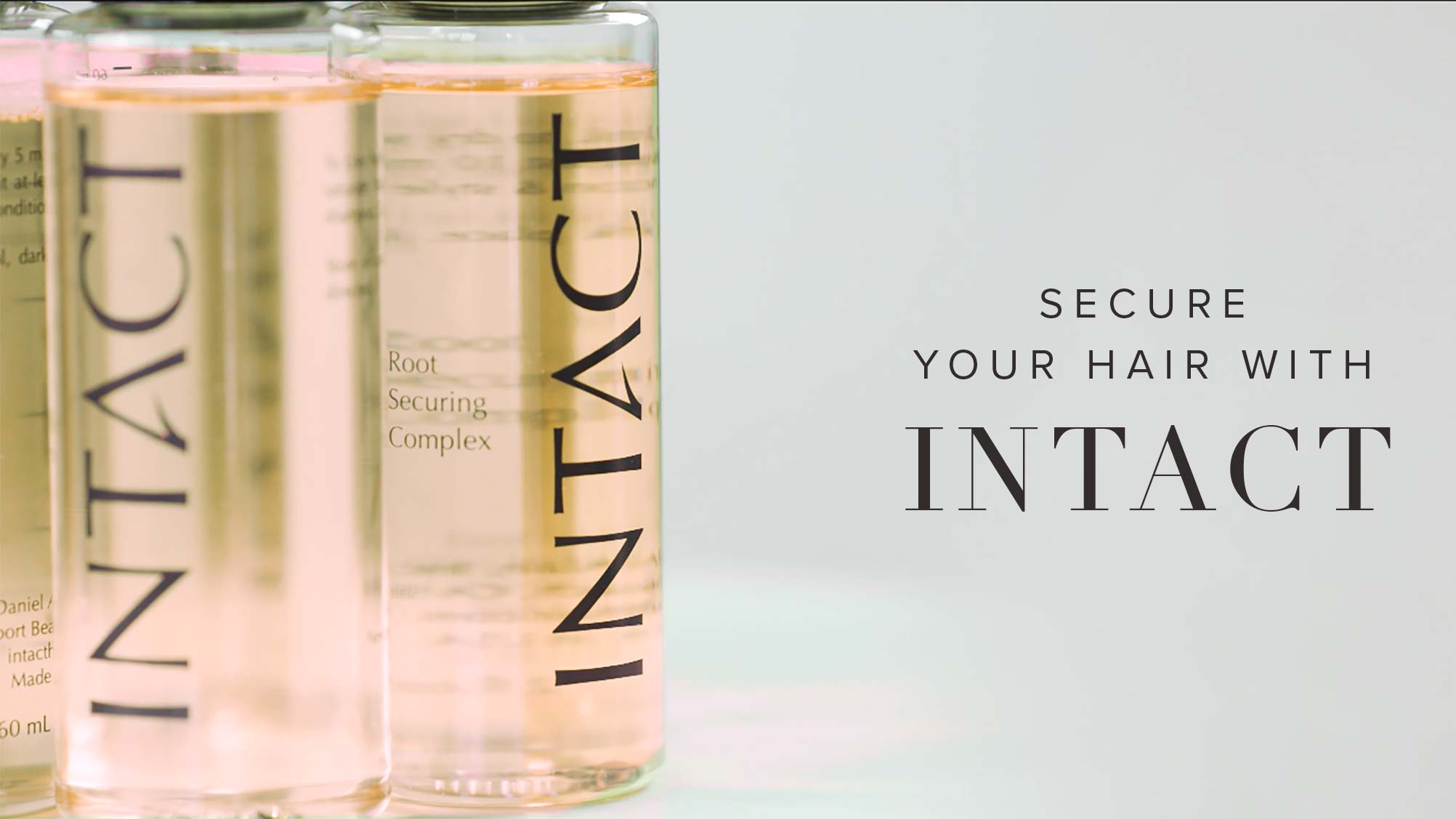
The biggest frustration with finding the best treatment for hereditary hair loss is that it can be difficult to know if a hair loss product will work for you until you try it. INTACT is different. It's the first and only hereditary hair loss treatment that will work for all kinds of hair loss—no matter what's causing it.
Clinically Proven
This isn't some gimmicky marketing claim. INTACT is backed by clinical studies that prove it can reduce hair shedding by up to 77%. By contracting the tiny muscles that surround each individual follicle, INTACT's patented formula grips each strand and prevents it from falling out during high-shed activities like brushing, washing, and styling.
Works in 30 Minutes
You won't find any six-month timelines here. From the moment you apply INTACT to your scalp, it gets to work immediately. Just plop it on your scalp before you hop in the shower, wait thirty minutes, and then rinse and wash as usual. You'll notice a difference in just one use.
Volumizes Hair
INTACT's root-gripping technology comes with a little bonus side effect: mega-volume. Your newly lifted roots will make your hair look and feel fuller and thicker, even if you're waiting for your current genetic hair loss treatment to work.
Nourishes & Hydrates the Scalp
Your scalp is the foundation of your hair, so it's important to keep it healthy if you want strong, voluminous strands. That's why we added some ultra-hydrating ingredients to INTACT, like emollients and humectants, to soothe and protect your scalp.
Contains Ingredients You Can Trust
Speaking of ingredients, you don't have to worry about any harsh chemicals or fillers in INTACT. We only use natural ingredients that are clinically proven to work, so you can feel good about using it. Our formula is free of sulfates, parabens, silicones, oils, SD-alcohol, artificial dyes, and gluten. It's also safe for all hair types and colors as well as vegan-friendly.
Delivers the Impressive Results in Just One Use
The best part about INTACT is that it works. Period. From the first time you use it, you'll notice a difference in your hair. And, with regular use, you can expect to see even more impressive results.
Find the Best Treatment for Genetic Hair Loss at Daniel Alain
You are so much more than your hair. And while the number of strands on your scalp means nothing in terms of your worth as a person, we know that hair loss can be a difficult thing to deal with—especially if it's hereditary.
Whether you've recently noticed more hair in your brush than usual or you've been watching your hairline slowly recede for years, there's a hair loss solution out there that can help. But you don't have to fall for empty promises and overpriced treatments that don't work. Do your research and understand the root cause of what's causing your hair loss and which solutions will have the best chance of working for you.
Talk to your doctor, get to know your family's hair history, and order an MRT kit to make sure you have the necessary enzyme activity to make popular treatments like Rogaine® work. And in the meantime, leverage the power of INTACT to keep the hairs you have firmly in place.
No matter what stage you're at in your hair loss journey, Daniel Alain is here to help with trustworthy treatments, sound advice, and everything you need to know to make an informed decision about which genetic hair loss treatment is best for you. Schedule a personal consultation with one of our experts today.
book a free consultation
Our stylists will help you find the right hair loss treatment for you
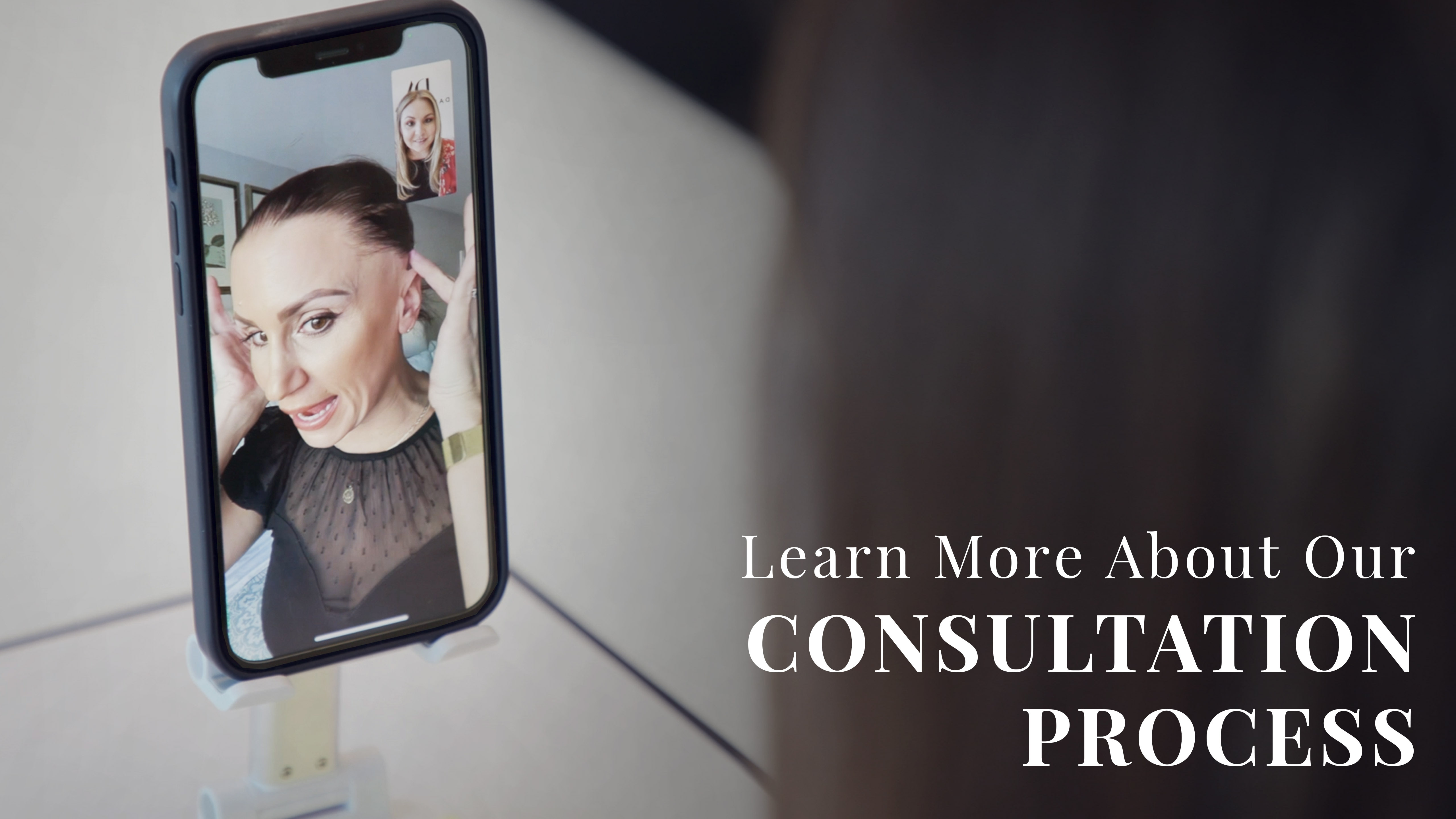
Frequently Asked Questions
What is Genetic Hair Loss?
Genetic hair loss is hair loss that is passed down from your parents and usually happens with aging. If you have a family history of hair loss, you may be more likely to experience hair loss yourself.
What Causes Genetic Hair Loss?
Genes are the main cause of genetic hair loss. Your parents pass down genes that determine how much hair you'll lose as you get older.
Can Genetic Hair Loss Be Cured?
There is no cure per se, but there are ways to slow down and even stop your hair from falling out. Regrowth is also possible, depending on how soon you start treatment and the method you use.
How Do You Stop Genetic Hair Loss?
The best treatment for genetic hair loss is individualistic. Multiple factors such as age, gender, enzyme activity, and the severity of your hair loss will determine which treatment is best for you.
Does Minoxidil Work for Everyone?
No—Minoxidil will only work for those who have genetic hair loss (androgenetic alopecia) and who have the SULT1A1 enzyme. You can test for that enzyme activity by ordering an MRT kit here.
How Can I Get Tested to See if Minoxidil Will Work?
You can order an MRT kit from Daniel Alain to test for SULT1A1 enzyme activity. In just seven to 14 days, you'll know whether or not Minoxidil will work for you.
How Do You Treat Genetic Hair Loss Naturally?
Most genetic hair loss treatments involve medication or surgery, but some natural treatments can help. These include scalp massages, eating a healthy diet, and avoiding heat tools and tight hairstyles.
What Age Does Genetic Hair Loss Start?
Genetic hair loss can start as early as your mid-to-late 20s. But for most people, it doesn't start to become noticeable until they're in their 40s or 50s.
How Do I Know if My Hair Loss is Genetic?
If you have a family history of hair loss, it's more likely that your hair loss is genetic. But the only way to know for sure is to get tested by your doctor.
Do Genetic Hair Loss Treatments Work the Same for Men & Women?
Some, like Minoxidil and low-level laser therapy, work the same for both men and women. But other treatments, like Finasteride, have a better efficiency rate for men.
What are Some Alternative Solutions to Hair Loss?
If you don't want to take medication or undergo surgery, there are alternative solutions to hair loss, such as wigs, hair pieces, and hair extensions. These can be expensive, but they're non-invasive and produce instant results.
Is There a Way to Immediately Stop Genetic Hair Loss?
Yes—INTACT is the only product on the market that can immediately stop genetic hair loss in its tracks. It's a topical solution that you apply to your scalp before showering to grip your hairs in place and prevent them from falling out. Click here to grab a bottle and try it for yourself.
Does INTACT Really Work For Hair Loss?
Yes! In a clinical study, INTACT was shown to be effective in stopping hair shedding by up to 77%.
Is INTACT Safe to Use on My Hair?
Absolutely—INTACT is color safe, vegan-friendly, and free of sulfates, parabens, silicones, oils, SD-alcohol, artificial dyes, and gluten. It's also safe for all hair types.
How Do I Properly Apply INTACT?
INTACT is easy to apply—simply dispense one pump of the solution into your palm and massage it evenly into your scalp before showering. Leave it on for 30 minutes to give it time to work, then shampoo and condition it as usual.
Should I Use INTACT Every Day?
For best results, we recommend using INTACT as often as you wash your hair. The formula is designed to keep your strands in place while you wash and style your hair, so the more you use it, the more effective it will be.
Can INTACT Regrow My Hair?
No—INTACT is not a hair regrowth solution. It's a preventative treatment that helps to stop hair shedding.
What Happens If I Wash INTACT Out of My Hair in Less Than 30 Minutes?
The treatment won't be as effective, but it's still safe to use. We recommend always leaving INTACT in your hair for at least 30 minutes to give it time to work.
